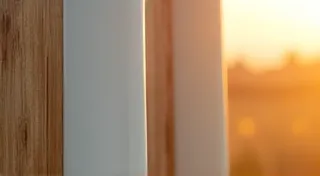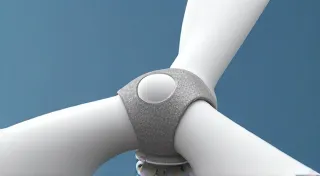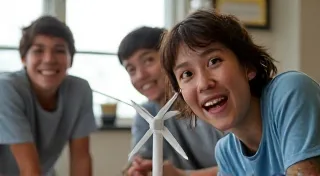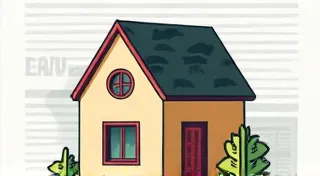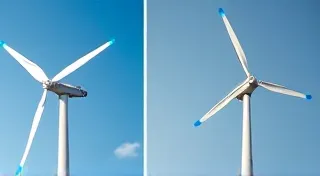DIY Wind Turbine Kits: Pros and Cons Compared to Scratch Builds
The allure of generating your own power is strong, and building a small-scale wind turbine is an increasingly popular project. But where do you start? One of the first decisions is whether to purchase a wind turbine kit or tackle a DIY wind power project from scratch. Both approaches have their merits and drawbacks. This article will break down the advantages and disadvantages of each, to help you decide which path is best for your wind turbine building adventure.
Why Consider a Wind Turbine Kit?
For many beginners, a kit seems like the obvious choice. Here's why:
- Ease of Assembly: Kits are designed to be assembled, not engineered. They come with pre-cut parts and detailed instructions, dramatically reducing the complexity of the build. Even with limited experience in metalworking or electronics, you can achieve a functional turbine.
- Reduced Risk of Error: Building from scratch requires a strong understanding of aerodynamics, electrical systems, and mechanical engineering. Kits minimize the chance of making critical errors that could result in a non-functional or even dangerous turbine.
- Faster Build Time: Assembling a kit is considerably faster than sourcing materials, cutting parts, and fabricating components yourself. This can be a significant advantage if you're eager to start generating power.
- Guaranteed Parts Compatibility: Kits ensure that all components are designed to work together. Sourcing parts independently can lead to compatibility issues and wasted time.
- Location Considerations: While a kit provides a relatively straightforward assembly, the ideal placement of your turbine is crucial for optimal performance. Before you even begin, consider conducting a wind resource assessment to find the best location for your turbine. Understanding prevailing winds and potential obstructions can significantly impact your energy output.
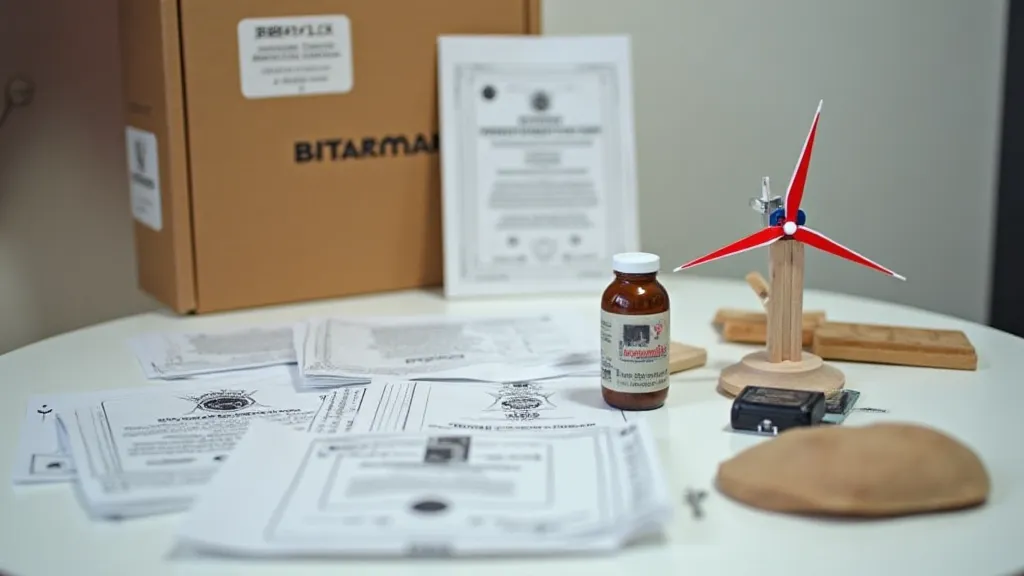
The Allure of a Scratch Build: Complete Control and Deep Learning
Building a wind turbine from scratch is a much more involved process, but it offers unique rewards. Here's why some choose this challenging path:
- Cost Savings (Potentially): While it's not always guaranteed, a scratch build *can* be cheaper if you are resourceful and can find affordable materials. However, the time investment must be factored in.
- Full Customization: With a scratch build, you have complete control over the design and materials used. You can tailor the turbine to your specific needs and environment.
- Deeper Understanding: The process of designing and building from the ground up provides invaluable insight into how wind turbines work. You'll learn about aerodynamics, generator principles, and mechanical engineering in a practical, hands-on way.
- Sense of Accomplishment: Successfully building a wind turbine from scratch is a major accomplishment and a testament to your ingenuity and problem-solving skills.
- Structural Integrity: When undertaking a scratch build, the stability and design of the tower are paramount. A poorly constructed tower can compromise the entire system's safety and efficiency. Thinking about wind turbine tower design early on is essential to creating a reliable and enduring setup.
- Electrical Integration: Integrating your DIY wind turbine into your home's electrical system can be complex. Correct wiring is crucial for both safety and performance. When the time comes to connect your turbine, carefully review wiring your wind turbine to ensure a safe and efficient connection to your home or battery bank.
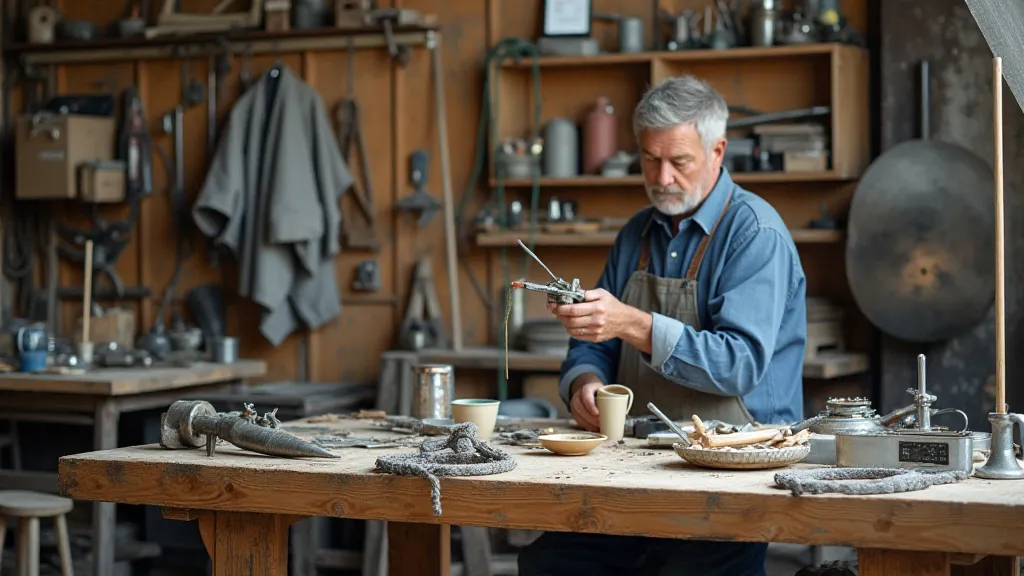
The Technical Aspects of Wind Turbine Construction
Regardless of whether you choose a kit or a scratch build, a fundamental understanding of the underlying principles is advantageous. Let’s delve a bit deeper into some key areas.
Aerodynamics and Blade Design
The efficiency of a wind turbine directly correlates to the design of its blades. Blade shape, angle of attack, and surface area all contribute to how effectively the turbine captures wind energy. For scratch builds, replicating efficient blade designs often requires experimentation and a grasp of basic aerodynamic principles. Kits offer blades designed for optimal performance, though customization beyond that is limited.
Generator Selection and Mechanics
The generator is the heart of any wind turbine, converting mechanical energy into electrical energy. Choosing the right generator is crucial for matching the turbine’s output to your energy needs. Understanding generator voltage, amperage, and RPM is essential. With a scratch build, you have the freedom to select a generator based on your specific requirements, whereas kits typically include a pre-selected generator.
Safety and Regulatory Considerations
Building and operating a wind turbine, even a small one, involves safety risks and potential regulatory hurdles. Always prioritize safety during construction and operation. Research local building codes and regulations related to wind turbines to ensure compliance. Improperly built or operated turbines can pose hazards to people and property.
Comparing the Two: A Head-to-Head
To help you visualize the differences, let's take a closer look at a comparative analysis.
| Feature | Wind Turbine Kit | Scratch Build |
|---|---|---|
| Difficulty | Easy to Moderate | Moderate to Difficult |
| Cost | Moderate | Potentially Lower (but consider time) |
| Build Time | Faster | Slower |
| Customization | Limited | Extensive |
| Learning Curve | Moderate | Steep |
| Risk of Error | Lower | Higher |
| Satisfaction | High | Very High |
Which Path is Right for You?
The best approach depends on your experience level, budget, and goals. If you’re new to DIY projects and want to get up and running quickly, a wind turbine kit is likely the better choice. It provides a manageable challenge with a high chance of success. However, if you’re a confident DIYer, eager to learn the fundamentals of wind energy, and have the time and patience, a scratch build will be a truly rewarding experience. Remember to always prioritize safety and research thoroughly before embarking on any alternative energy project.
Successfully diagnosing and resolving problems with your wind turbine is an inevitable part of the DIY process. If you encounter any unexpected issues, consult resources and guides dedicated to troubleshooting common wind turbine problems.
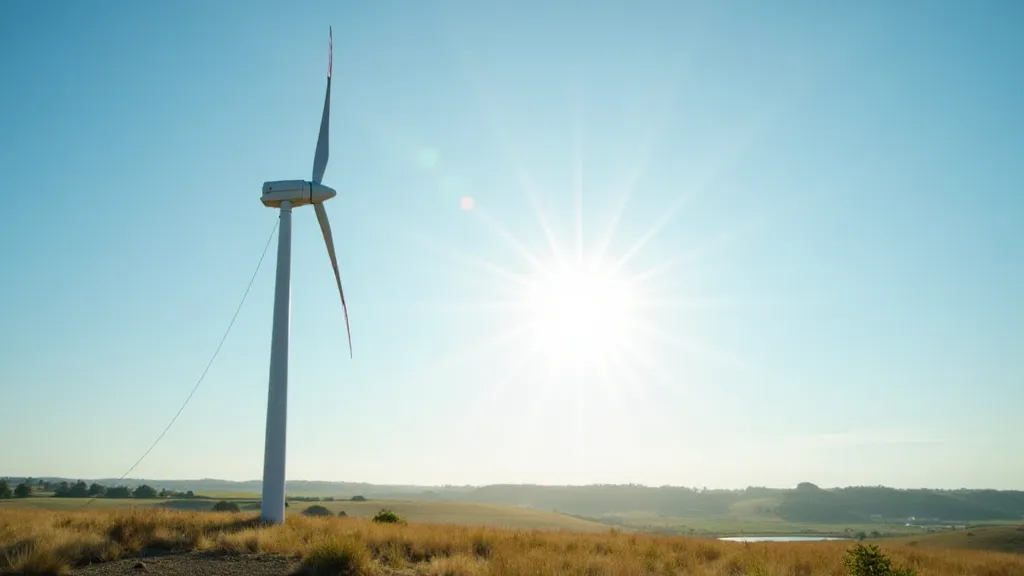
No matter which path you choose, building a small-scale wind turbine is a fantastic way to explore renewable energy and contribute to a more sustainable future.
